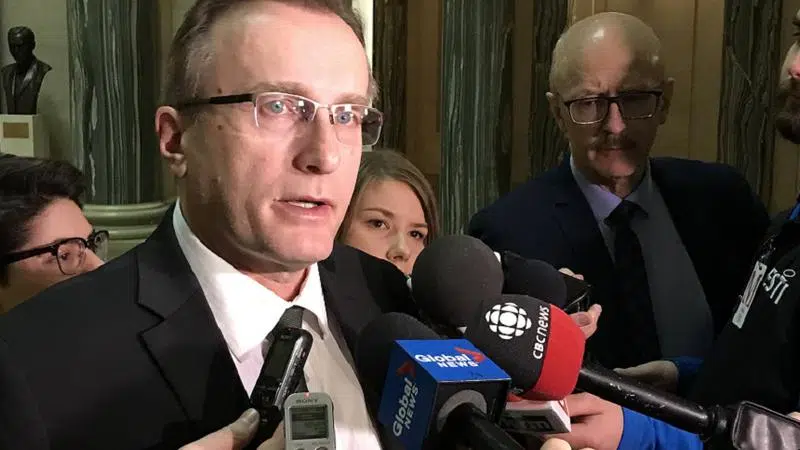
Sask. NDP takes gov’t to task over ER wait times
Saskatchewan’s minister of health is admitting the government needs to do more when it comes to emergency room wait times, and the NDP says what is being done isn’t working.
“Clearly it’s too long, and we need to do better,” Health Minister Jim Reiter said earlier this week.
Numbers brought up in committee show people on average wait more than five hours before seeing a doctor in Regina emergency rooms. Patients wait about three hours in Prince Albert, Lloydminster and Saskatoon.
